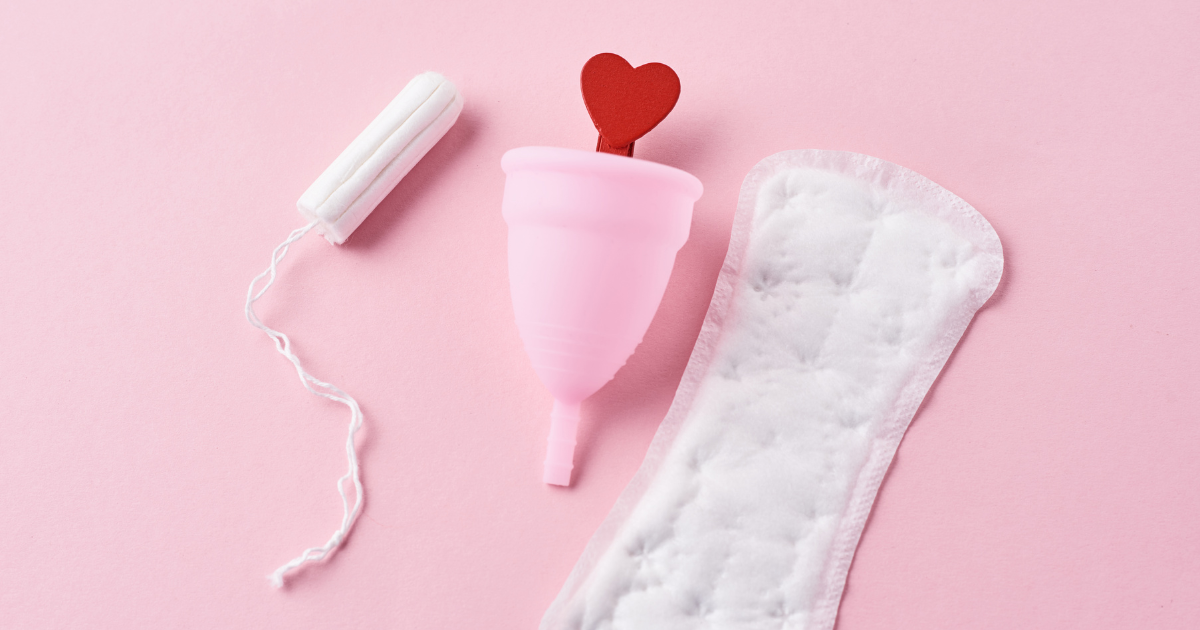6 min|Rhiannon Lockhart
Cycle Syncing: Hacking Your Menstrual Cycle
Biohacking, HormonesHave you heard of the term “cycle syncing”? This refers to the act of aligning your diet and lifestyle to the various stages of your menstrual cycle to feel your best. Before we discuss more about cycle syncing, it’s important to make a few distinctions.
First, we need to understand the circadian rhythm. It’s your 24-hour clock that controls your sleep/wake cycle and, consequently, most other bodily functions. (1) We all have it. However, if you are physiologically female and of childbearing years, you also have other hormones that rise and fall based around your menstrual cycle.
Many refer to the changes in hormones around the menstrual cycle as the “infradian rhythm”, which is defined in chronobiology as any cycle lasting longer than the 24-hour circadian rhythm. (2) Seasonal or yearly cycles also fall into the “infradian rhythm”, although most of what you see online will refer to menstruation.
Physiological changes through our menstrual cycle include:
Metabolic changes through the menstrual cycle with caloric and protein needs increasing through the luteal phase (3)
Sleep needs changing through the cycle, but also impacted by PMS and PMDD (4:)
Changes to cortisol and stress sensitivity (5)
In today’s western society, we tend to work on the male-based circadian rhythm, relying on the same energy highs and lows, sleep patterns, and focus techniques each day. However, when we look at the above outlined changes, we see that those with a female physiology should evaluate their relationship with food, fitness and sleep through the various phases of their cycle. This is where we dive into cycle syncing.

Breaking down the menstrual cycle
Follicular phase: This is characterized by the slow rise in estrogen and follicle stimulating hormone (FSH) to trigger the development of several follicles in the ovaries. It is typically 7 to 10 days after the onset of your period.
Ovulation: During this phase, FSH and luteinizing hormone (LH) rise to their highest points to initiate the release of an egg. This is released 16-32 hours after the start of the LH surge. We can typically test this using ovulation predictor kits (OPKs)
Luteal Phase: This lasts about 12-16 days prior to the beginning of the period. At this time, LH and FSH drop, estrogen remains high and progesterone increases as it prepares the body for a possible pregnancy.
Menses: If fertilization does not occur, we shed the uterine lining and have a period. All hormone levels drop. (6)(7)
When you look at it and read how much our hormones shift through the course of one month, it makes total sense that we can’t do the same thing everyday and expect the same results!
When discussing cycle syncing, it is easiest to compare each phase of your cycle to the four seasons of weather in Canada:
Winter is the bleeding phase. It is during this phase that our BMR (basal metabolic rate) starts to decrease. This is a direct correlation to our caloric needs. You may notice that the first few days of your period are marked by cravings for comfort foods, but those diminish and your appetite regulates itself partway through. (8)
Spring is the follicular phase. Think of how you feel during the spring. A little refreshed, your energy increases, you have more motivation for things like working out or maybe you do a big house clean. This is similar to our follicular phase as your estrogen levels rise, making us feel more lively.
Summer is ovulation. We feel our best, energized, social, may find ourselves wanting to workout, and want to eat more veggies and lighter foods. This is when our estrogen levels peak, which is often associated with increased energy and libido.
Fall is the luteal phase. Our caloric needs increase, although slightly, as our body prepares for a potential baby. Increase your protein and starchy carb consumption to keep hunger cues at bay. (9) Many also find that they experience increased brain fog in the lead up to, and the first few days of their period. Although public research is limited on the reasons behind this, there is ample anecdotal evidence to suggest this is quite common.
Let’s look at an example together:
Lisa is a 25 year old female who loves going to her HIIT workout classes every weekday morning at 6am. She has a cold shake everyday after to re-fuel, but forgets to eat lunch as she gets busy at work. Some weeks, this is fine for her and she’s able to keep up her energy without feeling too hungry until dinner. Others, she finds she’s been dragging herself to the workout classes and could use an IV drip of coffee to keep herself going through her work day and has an insatiable craving for carbohydrates.
For Lisa, she’s not aligning with her infradian rhythm. What might work better for her is:
Moving her HIIT workout to later in the day, choosing a restorative yoga class or choosing to slow down her workout in the few days leading up to, and first few days of her period.
Making a savoury and warm breakfast to consume between ovulation to her period that is high in protein and complex carbohydrates
Opt for a protein-rich shake as lunch after ovulation to reduce cravings and increase energy. Eating in general is great, but a shake isn’t time consuming!
If Lisa is in charge of her work schedule, try to put big meetings or presentations away from the days leading up to her period where she will feel more reclusive.
Do you want to learn how you can use your menstrual cycle to improve your diet and lifestyle? Book a consultation at Integrative today to get started.
References
Related Articles

6 min|Dr. Alex Chan
EBOO for Chronic Inflammation: A Natural Approach for Systemic Relief
Regenerative Medicine, EBOO Therapy
6 min|Dr. Alex Chan
EBOO Therapy for Autoimmune Conditions: Exploring the Potential Benefits
Autoimmune Disease, Regenerative Medicine, EBOO Therapy


